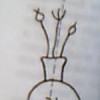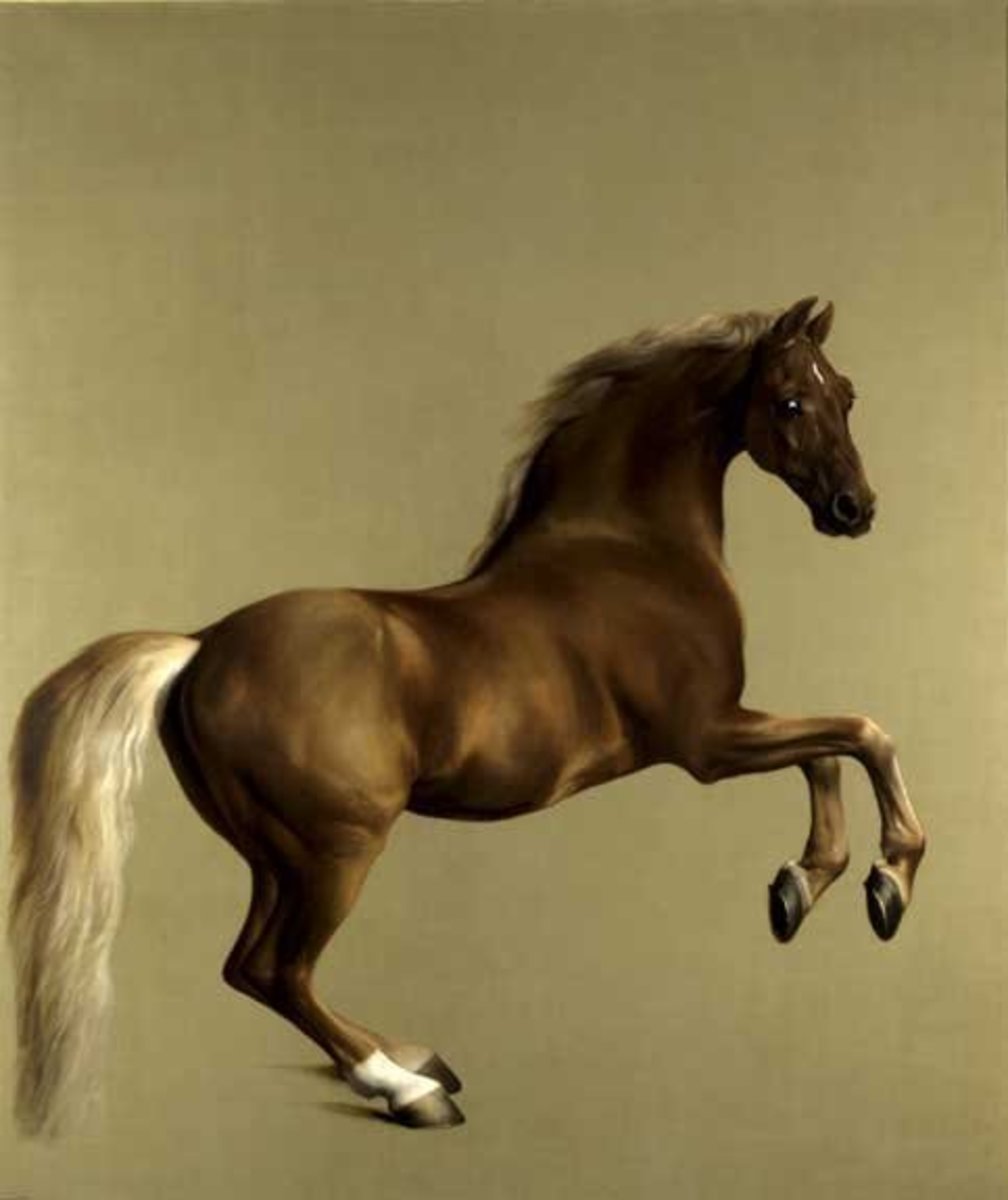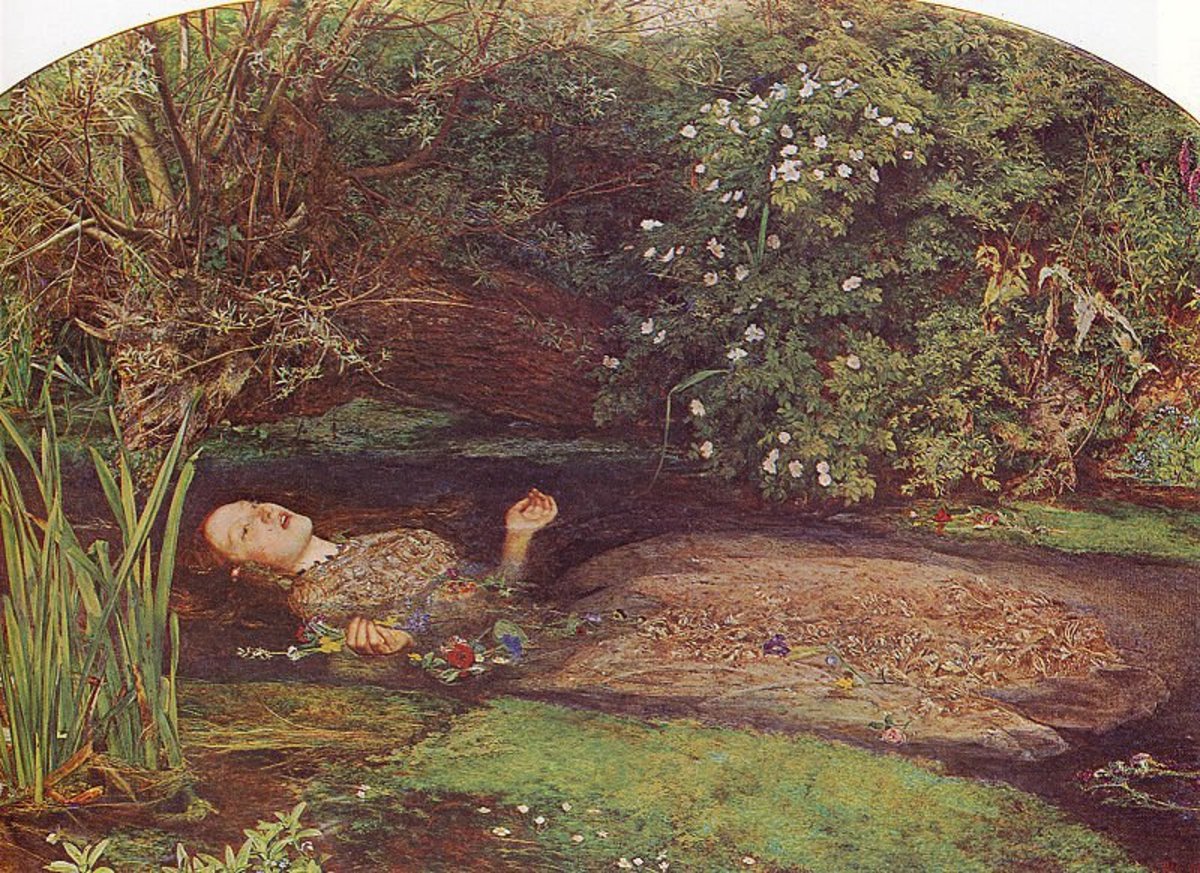Rings
From the history of the Rings in Central Asia.
Ring (“Challa”-tajik) is one of the most ancient amulets known to man. The first rings may have been made out of bone, wood, or stone.
Rings made out of metal have been linked not only to the development of metallurgy, but to the legend of Prometheus who gave people fire: the ring served as a symbol of the chain that bound the hero to a rock. It is possible that first rings were made specifically for archery.
Rings and signet rings were worn by both men and women. The custom of exchanging rings during the marriage ceremony is rooted in the ancient times. A wedding ring is a symbol of eternity and sincere wish of two people to belong to each other. Until the late Middle Ages, it was customary for all peoples of all races to purchase a wife, and presenting a bride with a ring meant merely a confirmation of the act of marriage.
In ancient Rome, the groom gave his beloved a ring made out of metal. However, only the Pharaoh of Egypt could afford a ring made out of iron of meteorite origin; it was usually set in gold.
Several early rings and signets made out of gold and bronze were found on the territory of Tajikistan. Gold rings made in IV-II centuries BC were found among the items of the Oxus treasure, represented by the BritishMuseum in London.
Rings retained their original shape up until the VI century. Judging by the existing paintings, rings were worn not only on the left hand, on the index and middle fingers, but on the little finger as well. Ancient rings had panels with various inserts depicting different scenes. During the Middle Ages, the panels of the signet rings sometimes contained engravings, usually of religious scenes. The more changes were made with time, the more varied were the art forms, evolving under the influence of taste and cultural level of people from the ancient times to our days.
In Samarkand, women wore silver rings with a round panel depicting a cross in order to preserve the ritual cleanliness of their hands.
In Fayzobad, women wore rings with a rectangular panel, upon which an oblique cross was drawn. Signet rings found on the site of ancient Penjikent are fairly similar from those known in the thirteenth century, such as gold rings from Shahristan. The popularity of signet rings may be attributed to the development of business, when all the legal acts had to be sealed. Rajabi rings, made in the month of Rajab, were valued highly. These rings were made out of silver and had no stone inserts. These rings were worn mostly by older people; a Rajab ring was the only kind that could be buried with its owner – the only ring that could be taken off the finger and placed into the grave. In the Far East, a woman had to wear a ring while she was preparing food, otherwise, her hands were considered unclean.
“Every ornament owned by people may or may not be, except a ring. You should never be without it," warns the poet.
In the upper Pyandge, rings are worn on the little finger, index and ring fingers. Only the people who washed the dead wore rings on their middle finger.
In certain rituals, rings were used for protection, for example, the first bath of a newborn, when amulets were placed in the bathwater, along with rings. In most cases, rings were made ouf of silver, occasionally copper, and sometimes gold. Stones used for inserts were carefully selected. Rings with rubies and turquoise were supposed to be won by kings, said Omar Khayyam, because turquoise, or Piruz, signifies victory, has a pleasant color and protects against the evil eye and nightmares. Certain stones had their own symbols; some commonly used gems included carnelian, garnet, coral, jasper, lapis lazuli.
The names of rings reflected not only their shape, but their goal as well: "Challai chornigina," "chashmakdor," "chashmborak," "hudnigina," "hamirhalorkunak.”





